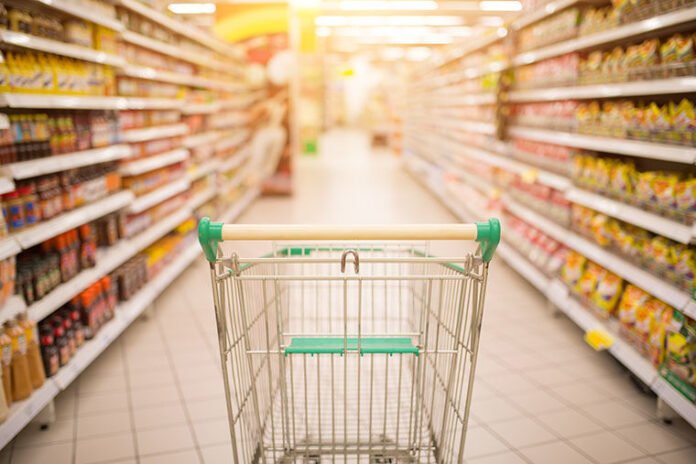Online grocery delivery businesses are experiencing a spike in demand as consumers around the country prefer to shop from the comfort of their own homes. Convenience aside, many people are concerned about getting COVID-19 while shopping at a grocery store in person, despite the benefits of ordering online.
Instead of stocking up a physical store, why not do your grocery shopping online? That appears to be a much more sensible choice. People who haven’t tried shopping online for groceries may be apprehensive about the process because of misinformation and incorrect notions. Here are five myths that you can finally put to rest when it comes to online grocery shopping!
Myth: People don’t order fruits and vegetables
Table of Contents
True, consumers prefer to handle vegetables and fruit before purchasing them, but that’s not the actual reality. Retailers are responding to this by providing high-quality photographs of their products. Some even allow customers to converse with the produce pickers in-store to ensure they get the best selection.
To ensure you get what you want, several online businesses allow customers to add notes and special instructions on their orders. There may be a Q&A area to help you better comprehend what you are purchasing when grocery shopping online.
The produce section in a supermarket can sometimes resemble a traffic jam, with people racing to get their hands on the fresher-looking fruits and vegetables. As soon as you discover that you can escape the headache, online produce buying becomes more appealing.
Myth: Online grocery shopping is limited to the millennial generation.
Among the fastest-growing demographics in the retail industry, as per Explorer Research, the world’s premier market research firm, the number of customers 55 to 64 years old is on the rise.
In addition, at least half of all families utilize online grocery shopping services at least once a month or more. There are no longer any barriers to online shopping, according to FMI, different generations use it such as the Generation Xers (55 percent), Boomers (41 percent), and the Greatest Generation (39 percent) all purchasing groceries online recently.
Myth: It won’t work in the countryside.
This idea is false. According to Explorer Research, for all consumers, urban, suburban, and rural, online grocery purchases account for roughly 20 percent independent of their geographic region. For those who reside in rural areas, don’t allow that to stop you from taking advantage of online grocery delivery services in your area.
Myth: Online retailers don’t ever run out of inventory.
The Food Marketing Institute points out that internet shopping is becoming increasingly popular among consumers seeking a social escape. Still, it comes with many drawbacks for those who prefer it, such as quantity restrictions.
Popular foodstuffs, paper goods, and cleaning supplies fall within this category. Due to the massive demand for food during the epidemic, there are additional fulfillment challenges, delivery delays, and restricted pick-up windows.
Myth: Buying groceries online is no more secure than buying them from a physical store.
Because there is no proof that food packaging has been linked to the spread of COVID-19, you shouldn’t be concerned that your groceries could give you COVID-19. If you’d rather avoid interacting with other shoppers and maintain a distance from them, having your items delivered or picked up at the curbside is a lot more convenient option.
When it comes to Indian grocery shopping online, you have a wealth of information at your fingertips to help you figure out which stores are the greatest value. To choose the greatest choice for your personal and financial situation, you should take the time to research online grocery shopping.


